Multi-stakeholder engagement is the key to effect change in health and safety in the workplace, said Erin Oliver, vice-president of health and safety at Modern Niagara.
“We have to start sharing our data,” said Oliver at the A Safer Ontario for the People conference, hosted by Tickner and Associates, a health and safety compliance specialist, in Richmond Hill, Ont. Nov. 15.
“I have no problem admitting we had our biggest competitor in our building last week. They cracked open all of their safety data and handed it to me and I cracked open all of ours and handed it to them. Safety can’t be a competitive advantage at the expense of a workers’ life. We started sharing everything that is not private, everything that will allow us to make greater change.”
She said it is time for all partners and stakeholders to commit to forecast risk before it is realized with open data and predictive analytics and enter what she refers to as the “shared stakeholder contribution era.”
“People shouldn’t have to die for us to reevaluate our program,” said Oliver. “We should be doing this regularly, openly, honestly and with multi stakeholders and I am including companies like Modern Niagara in that conversation,” she said.
“What I am challenging people to do is start thinking about who is also in the same boat they are and why are you going in different directions. Start thinking outside the box and be a visionary.”
Oliver said she has seen three eras in health and safety over her 30-year career in the sector.
“As these eras start to evolve, they have a plateau of effectiveness and we’re hitting that plateau again,” said Oliver. “We’re seeing a tapering off of fatality numbers dropping. We’re still seeing an unacceptable number of fatalities especially with youth in critical areas like agriculture and construction.
She added, “I think as we analyze this, it will bring clarity to where we go next.”
The first is the era of legislative development, which tends to be a reaction to catastrophic failure to a system or loss of human life. “Hindsight safety” practices are usually borne out of reactionary legislative framework, she noted. She cited reports such as the McAndrew Report (the Hogg’s Hollow Inquest); Dr. James Ham Report of the Elliott Lake Mining Review and the Tony Dean Report on the Metron swing stage collapse.
The next step for me is an evolution into a process that doesn’t talk about hindsight,
— Erin Oliver
Modern Niagara
“Those are just some of the benchmarks in our history that have created evolutionary change but those are big ones,” said Oliver. “It’s unfortunate that we can draw a map and point to catastrophe as a reason why we changed. It’s time to start rethinking that.”
Next is the era of development of a profession, the acknowledgement that health and safety is a profession with practices that require unique skillsets, knowledge, training and experience. This includes the evolution of safe work associations; research institutions; safety groups; colleges and universities rolling out degrees and diplomas; associations forming to promote and benchmark professional skills and the formation of a prevention council.
“It’s better than hindsight but it’s still just in time,” said Oliver. “Those hazard assessments, they don’t give you a lot of time to change the job without bringing delay. Folks in the field don’t like to be the reason there is a delay. You are asking them to make a critical decision between delaying a job and getting it right and that just in time assessment is the next thing we need to tackle.”
Enter the shared stakeholder contribution era where all partners must come together to openly share data, experiences and knowledge, develop an open data framework and data sharing model, said Oliver. Transformational data modelling must also be developed to begin to predict future events, she noted.
“The next step for me is an evolution into a process that doesn’t talk about hindsight, it doesn’t talk about just in time and we take a strategy that is not siloed and we start to introduce multi-stakeholder engagement,” said Oliver. “This is government, the institutions, the associations, the universities and the research thinktanks but it is also employers, managers and leaders.”
As an example, she pointed out that Modern Niagara started noticing an increasing amount of hand injuries that were bandsaw related.
“In a silo, we had a few in Toronto, two or three out west, one in Ottawa and we couldn’t pin it down,” she said, adding she called a competing company and they were having the same issue.
Once they started looking into it, they found the tool company had changed the tool to make it fast, better, smaller and lighter.
“The unintended consequence is the tradespeople started using it with one hand and holding the material in the other hand,” she said.
A few companies got together and called the company with their joint concerns.
“They came back to us last week and rolled out a new prototype that does not allow the use of the bandsaw with one hand,” said Oliver. “That can’t happen with one company reaching out, they don’t listen. But with multiple stakeholders who have data and evidence to back them up you can make change.”
Follow Angela Gismondi on Twitter @DCN_Angela.


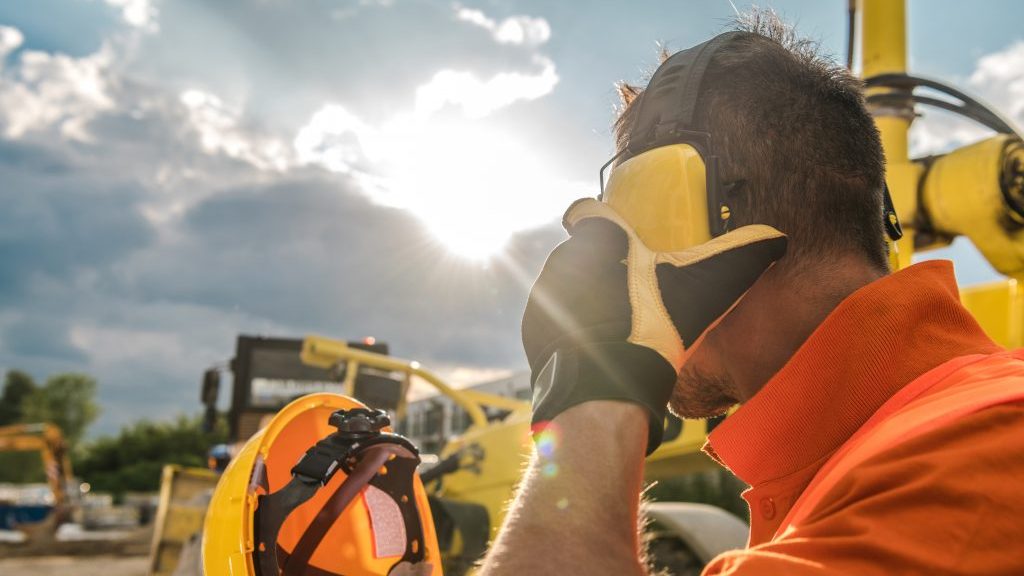

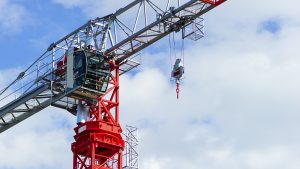
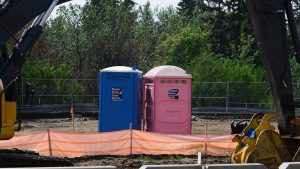
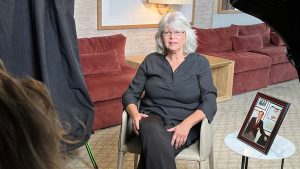
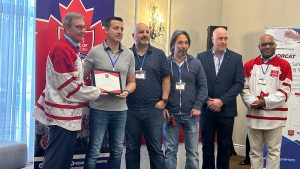
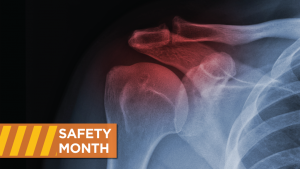
Recent Comments
comments for this post are closed